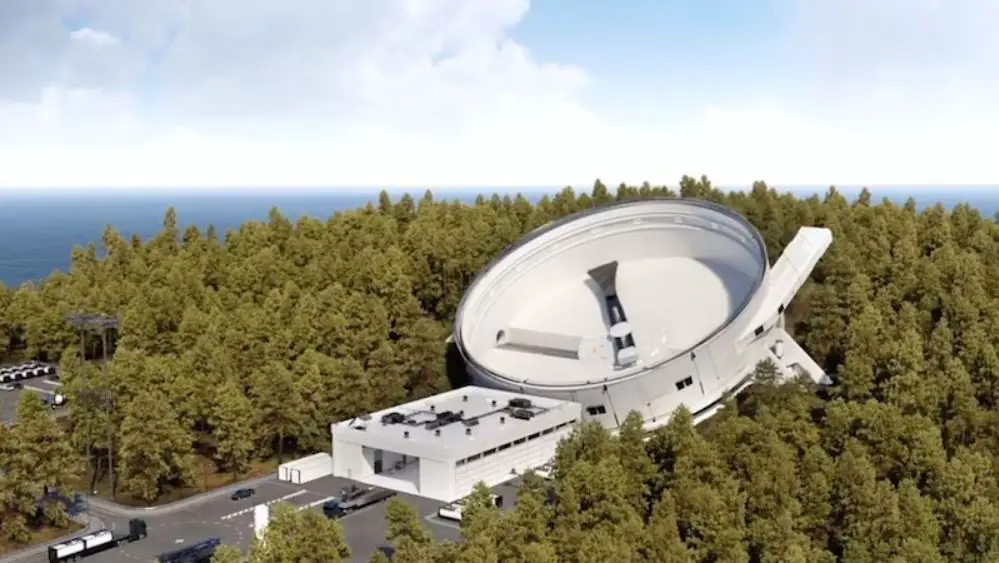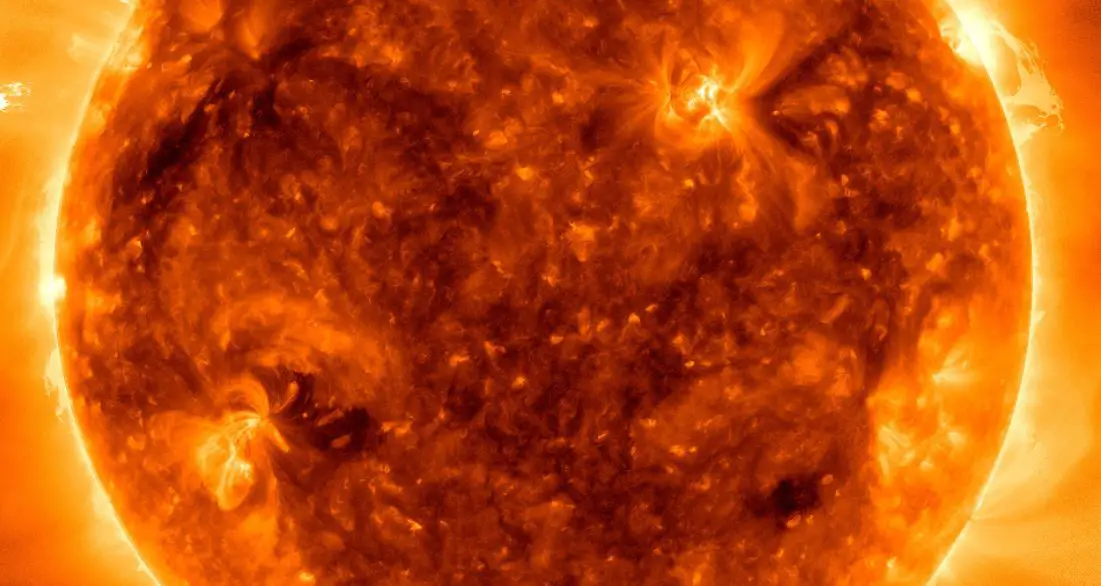The vacuum universe has no medium that can transmit sound, so we can’t hear sound in space, but that doesn’t mean that other things in the universe can’t make sound.
A while ago, NASA released a short audio that was resynthesized into the range of human hearing, from an ultra-low frequency pressure wave released by a supermassive black hole 250 million light-years away from us. So you will hear something that comes 250 million years ago.
Have you ever heard the somewhat creepy howl of a black hole?
In 2003, scientists used the Chandra X-ray Observatory to continuously observe the supermassive black hole in the center of the Perseus galaxy cluster for 53 hours, and found that the pressure wave emitted by the black hole can propagate in the surrounding gas, producing the deepest tone in the universe: B♭, far Below the limit of human hearing, as it is 57 octaves below the lowest key of an alto piano.
To this end, NASA extracted visual data and resynthesized it into audio within the range of human hearing, amplifying the sound from all sides of the black hole by 57 and 58 scales, 58 times higher than the real pitch. Or that the sound is giga times higher than the original frequency.
Turning data into sound isn’t just a cool alternative way to experience the universe. It may be boring for some people.
But It has scientific value, because sound waves transmit energy through a medium, itself a mechanism for heating the medium, and temperature helps regulate star formation, so sound wave transfer is likely to play an important role in the long-term evolution of galaxy clusters.




